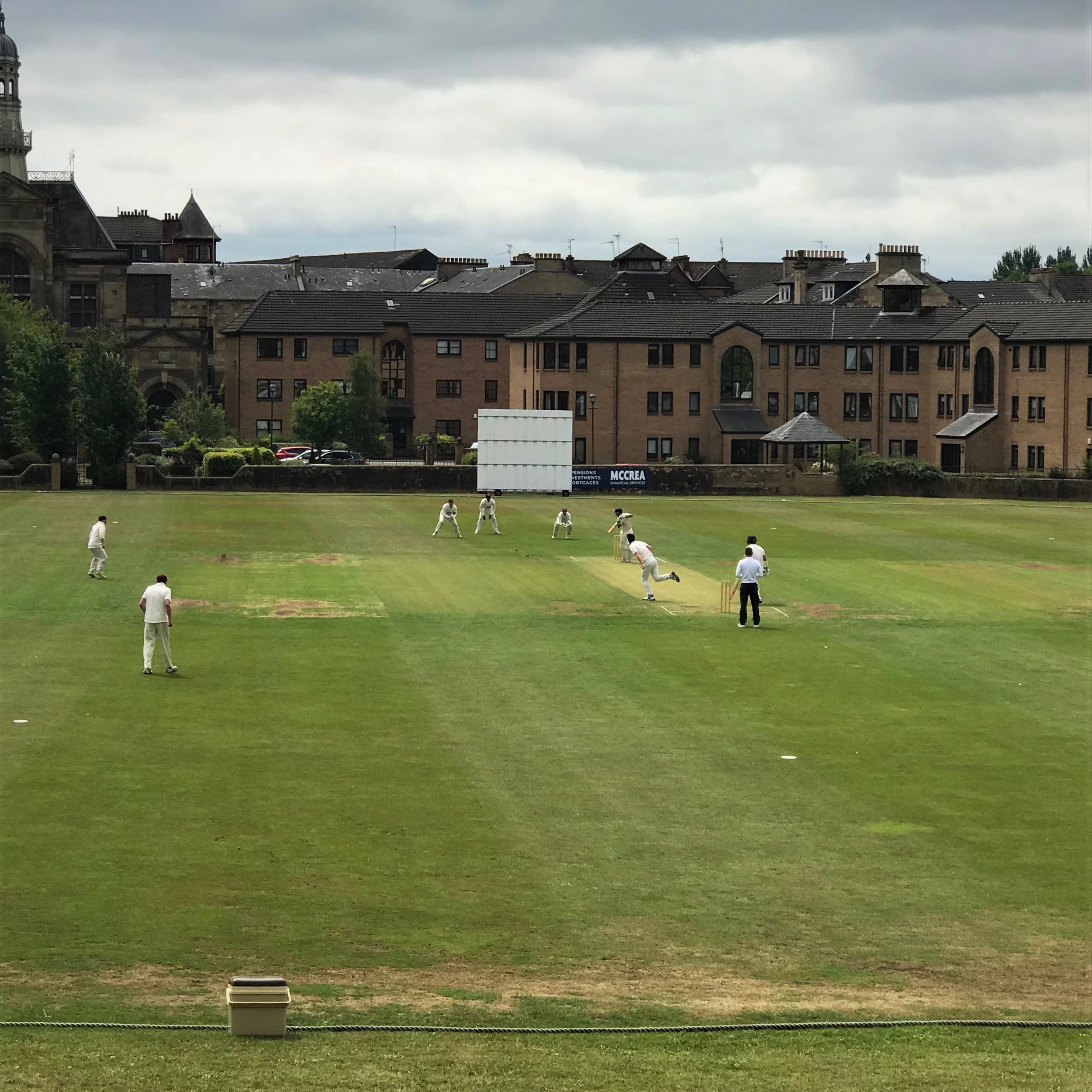West of Scotland Cricket Club, Glasgow
We all love to talk about rotating the strike more. About letting the opposition bowl too many dots. About controlling the game. It's easy to mention off hand.
But, what does effective strike rotation look like?
To give you a benchmark, Most teams in the WDCU Premier Division, where I coach, score from a third of the balls they face. Not as many as you thought perhaps?
Generally, the team I coach - West of Scotland - are good at it compared to the opposition. West score from, on average, eight more balls than our opponent. There is a higher Scoring Ball Percentage (SB%) in half of the matches so far this season, with about two thirds won. So, while it's not a perfect indicator of success, it certainly helps.
But to really improve strike rotation, we need to work out what we are missing, if anything
What runs are really missed?
Any ball can be a dot, rotated for runs or hit for a boundary. Clearly the optimal is to hit six from every ball. Even more clearly this is so astronomically unlikely as to be impossible.
What is more realistic?
Hitting a boundary is still a better result because you get more runs, but it is also riskier: Attacking shots like a pulls, drives or cuts will score 22 runs per wicket at 2.3 runs per shot. Rotational shots like glances, pushes and flicks get you 54 runs per wicket but at a much slower 1.4 runs per shot. That means there is balance to be made. A rotation could be a positive or a negative: An extra 1.4 runs (instead of a dot) or 0.9 runs missed (instead of a boundary).
So, to see how well we rotate, we need to look how many runs we score with:
- A shot that was not intended for the boundary (hitting it to long off for a single for example).
- A shot that was in control (not an edge or miss hit).
It's the number of these balls we are trying to increase.
In over 3000 balls this season, The XI have done this 626 times: 48 per game. In comparison, the opposition average 40 per game. So West are ahead again.
However, the better question is not "how often does this happen?", but "how many runs do we miss"?
- There have been 2189 dots so far this year.
- There have been 442 controlled attacking shots played that did not go for a boundary (although 65% of those balls got some runs).
- There have been 407 controlled rotational shots played that were dots.
In other words, a potential 43 rotated runs were "missed" on average per game. That's not including the 27 extra missed runs from attacking shots as well.
Of course, this is an optimal figure. No one will ever really score from every controlled shot played; there's too many external factors. Like good fielding.
But when you know what you could have won, you can have confidence you can sneak a little bit more.
An additional six extra balls rotated would get you eight more runs a match. An additional six balls that were attacked and scored from would get 14 runs (one or two in boundaries).
Two overs more for 22 runs sounds good to me!
And how do you do that?
Forget the stats: It's about intent
All those stats can't help you much in the middle. What they can do is give you confidence for a simple philosophy: You look to score from more balls.
Coaches call this intent to score: The idea you are looking to find a way to score from every ball. A bad one might be a boundary, a good one might be rotated.
The point is, knowing there are a lot of wasted chances every game can give you the confidence to look for them.
We all play and miss, edge the ball or miss hit it. We may do it a bit more if we are looking to push on. But these stats show there are a lot of missed runs in every game even when you take out those poor shots.
It might look like a tiny insignificant improvement to score from 12 more balls, but not only is it possible, it also makes winning significantly more likely.
Just from a bit of intent.
